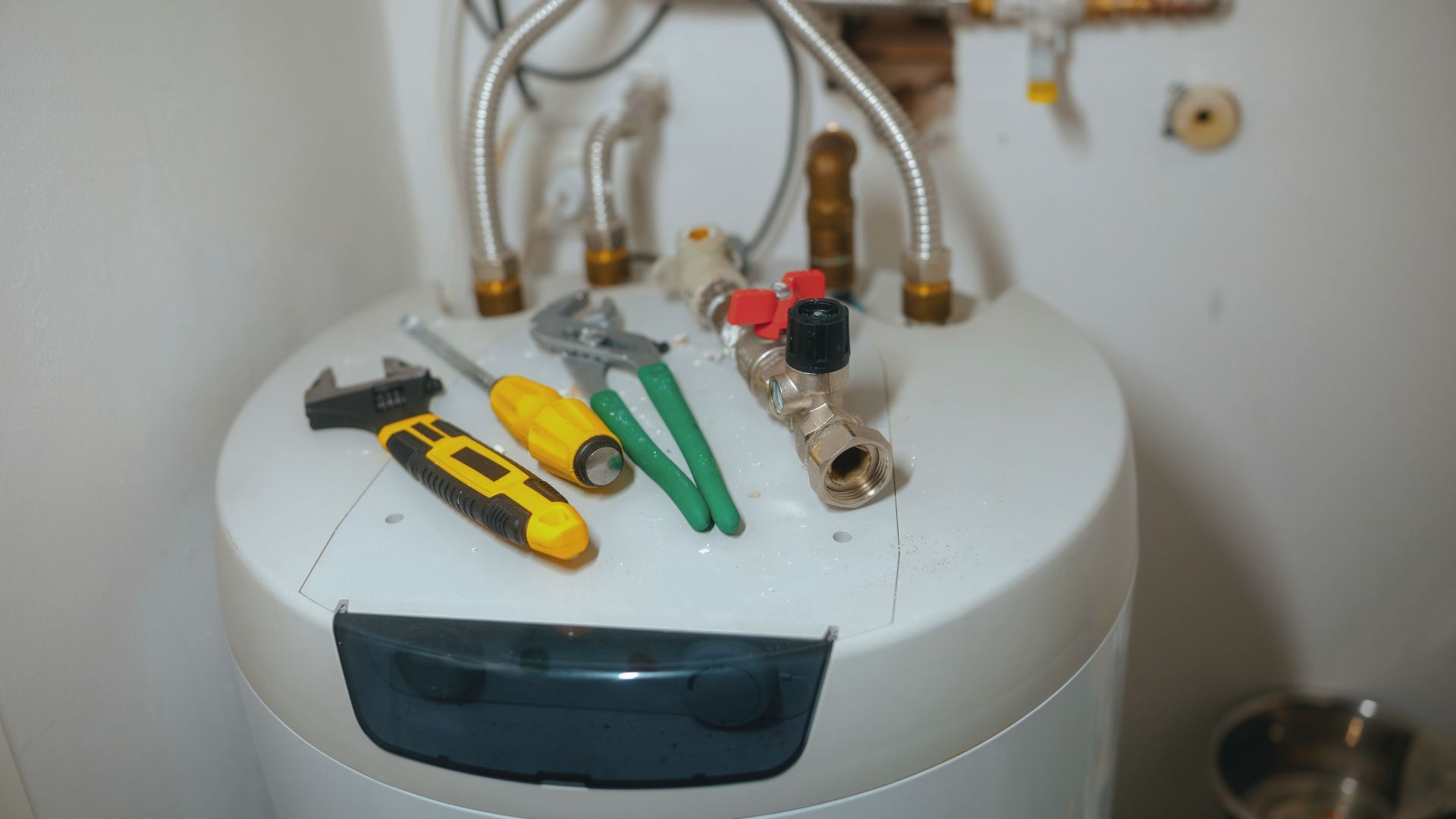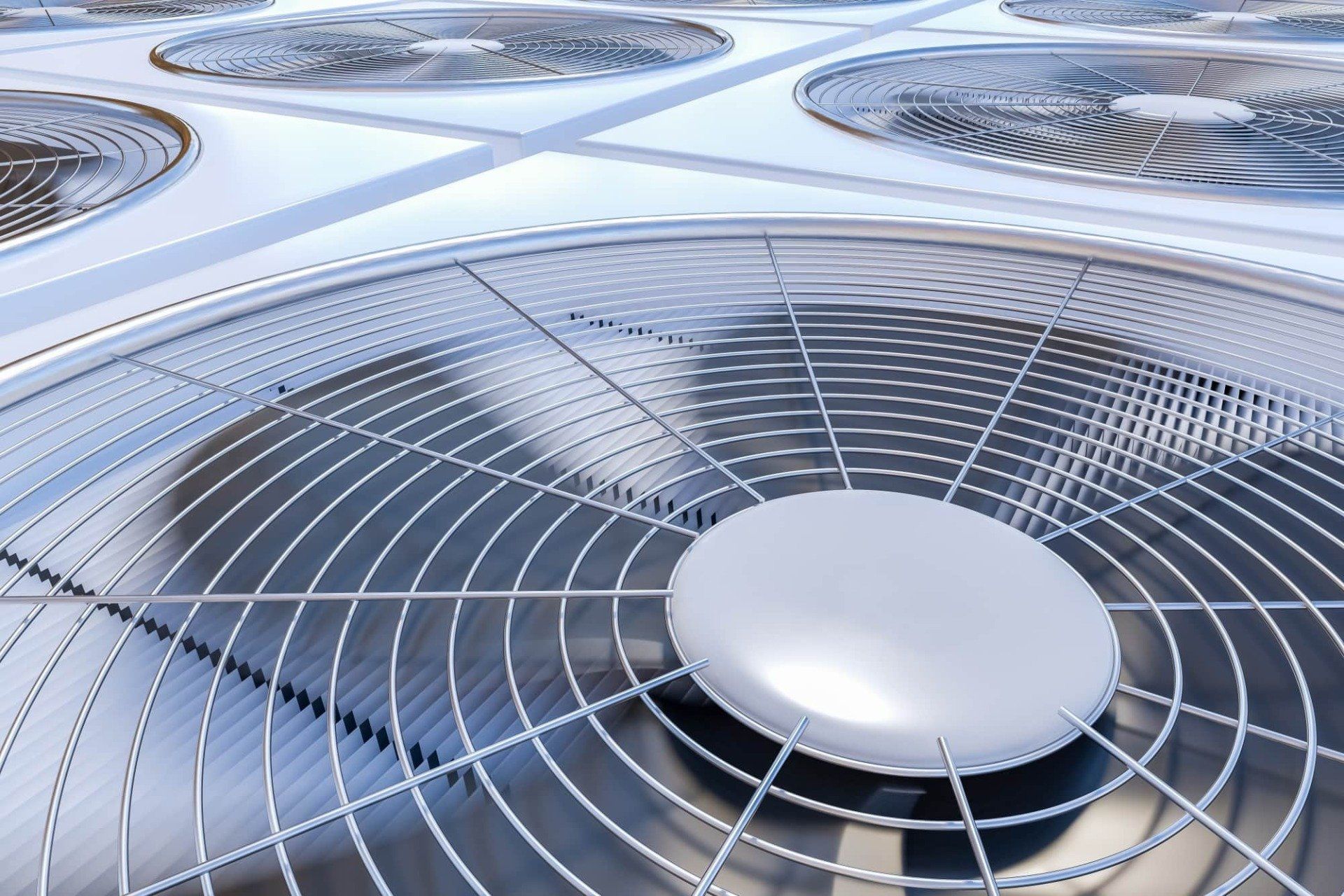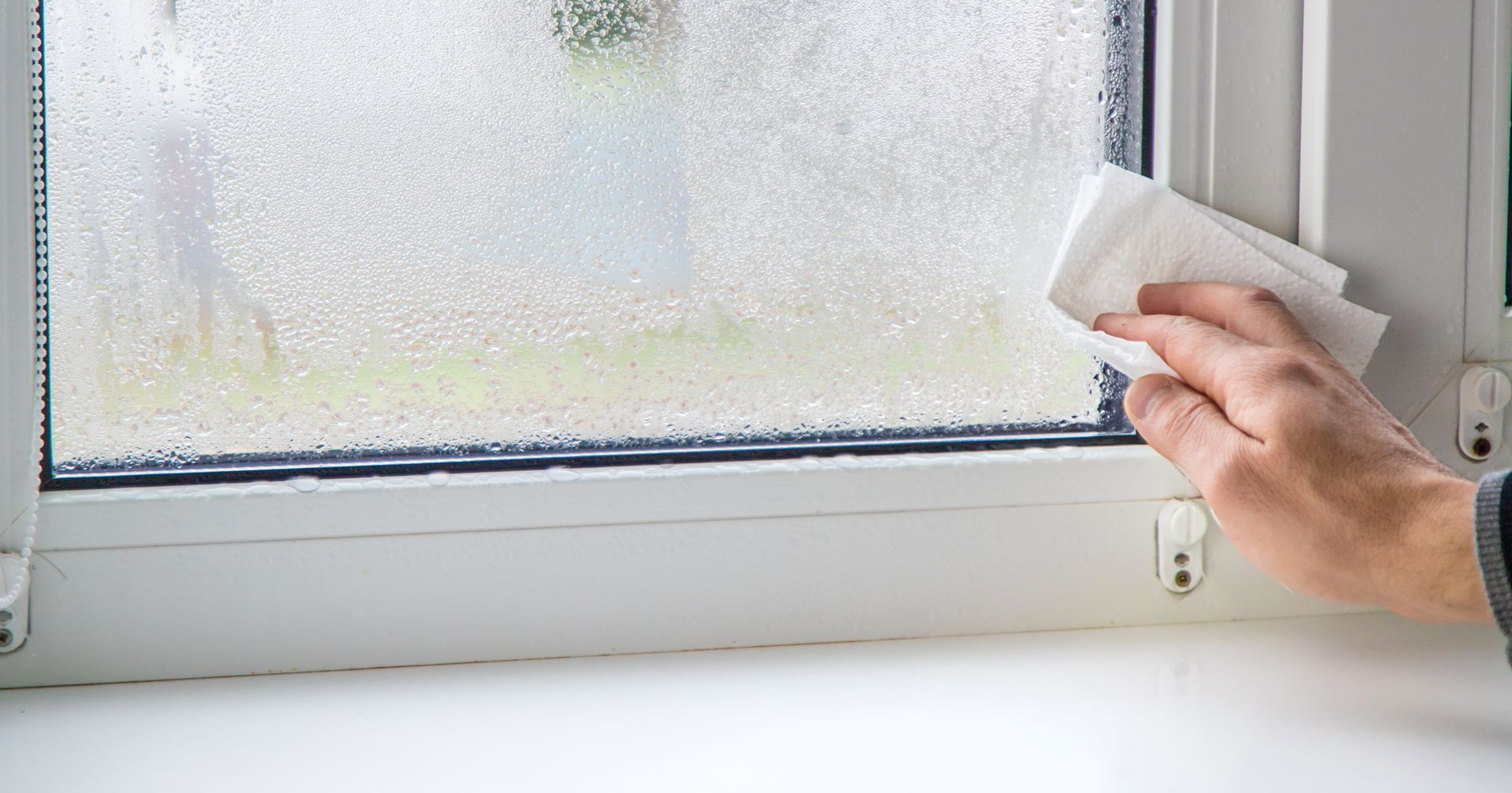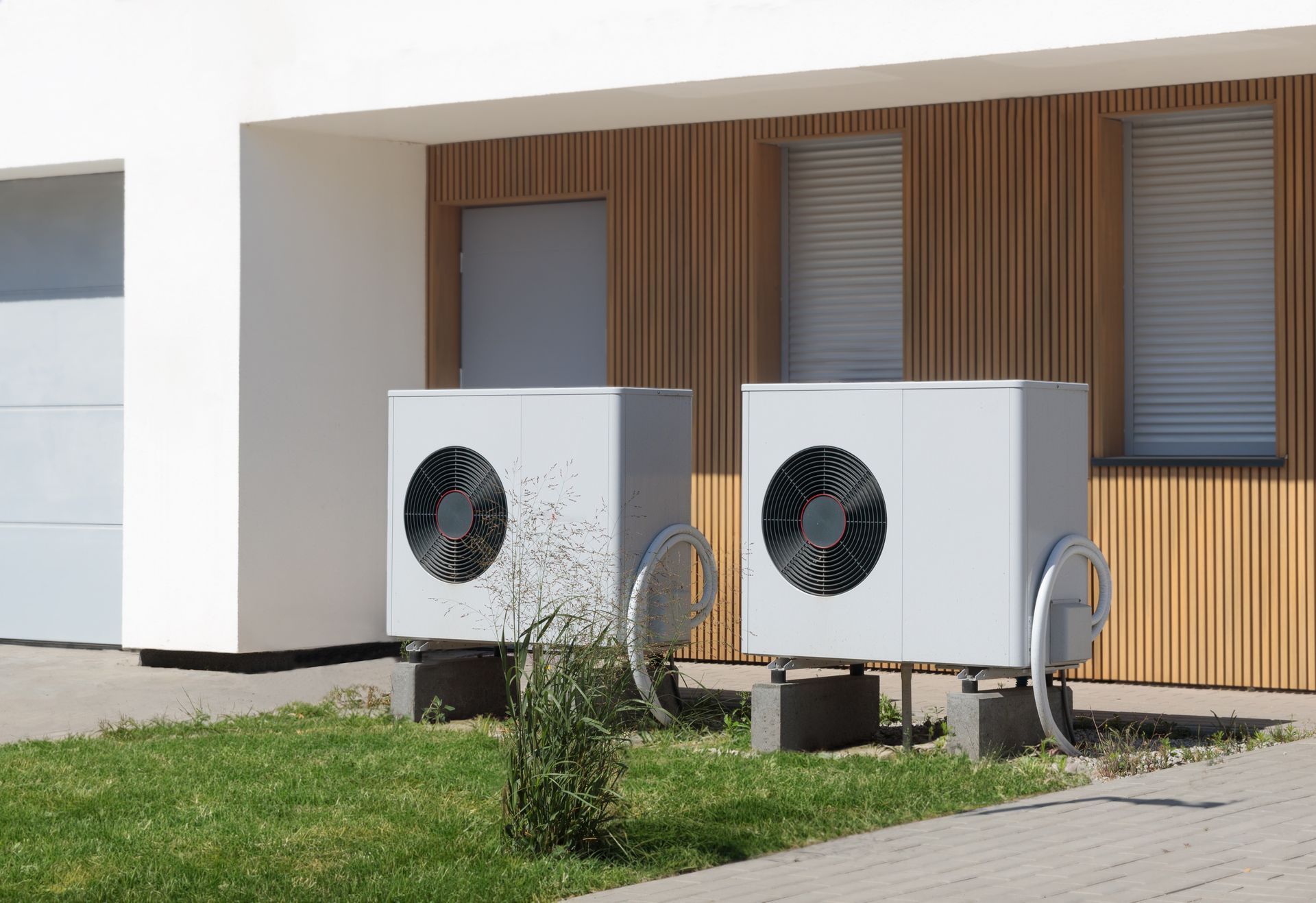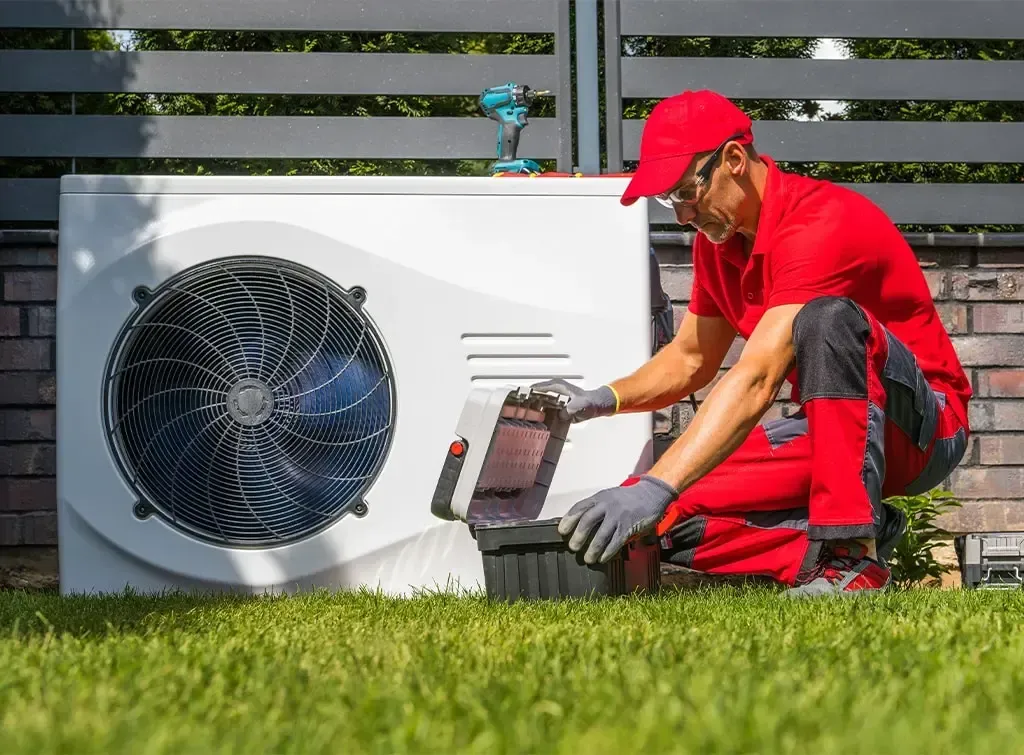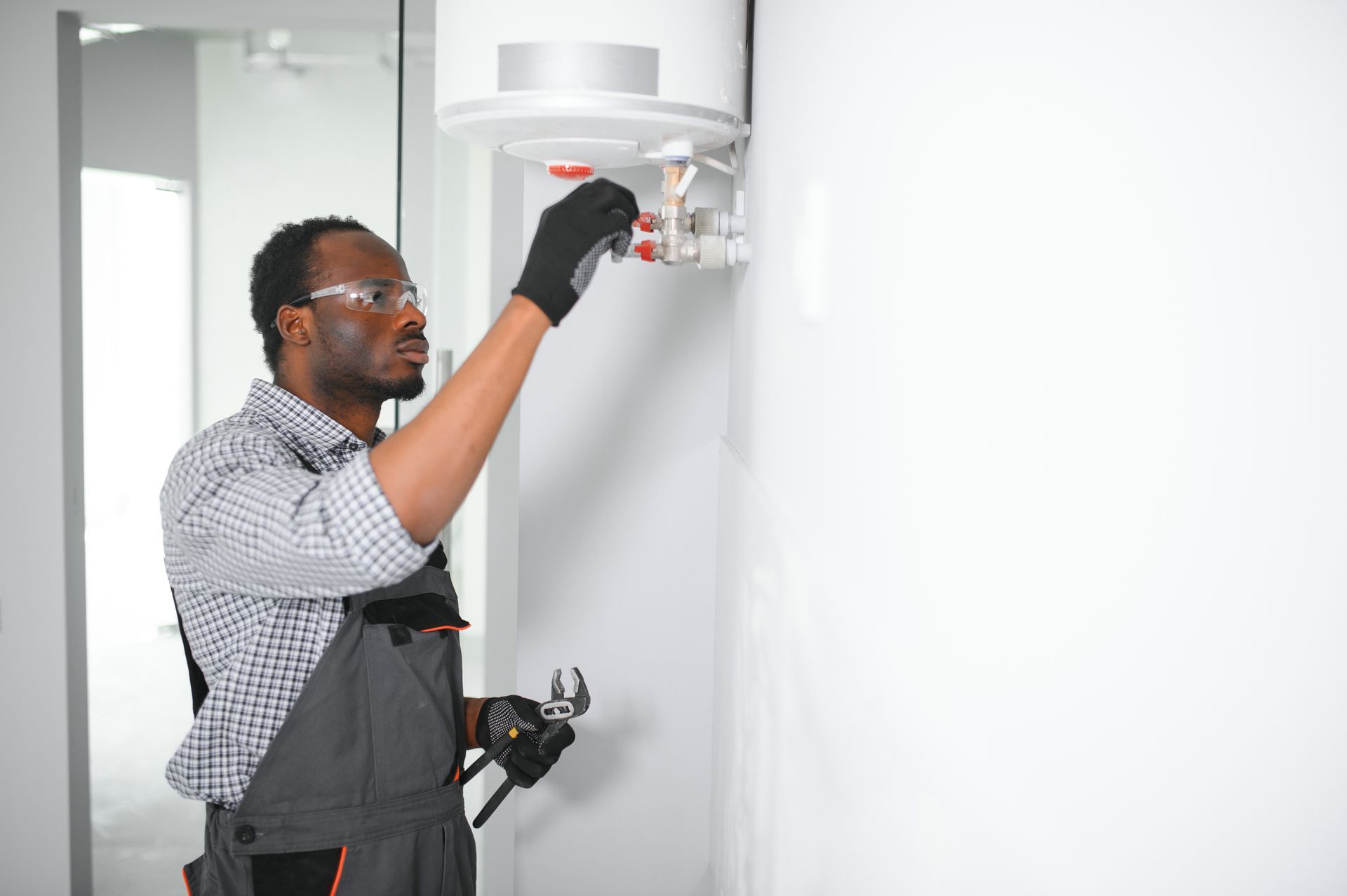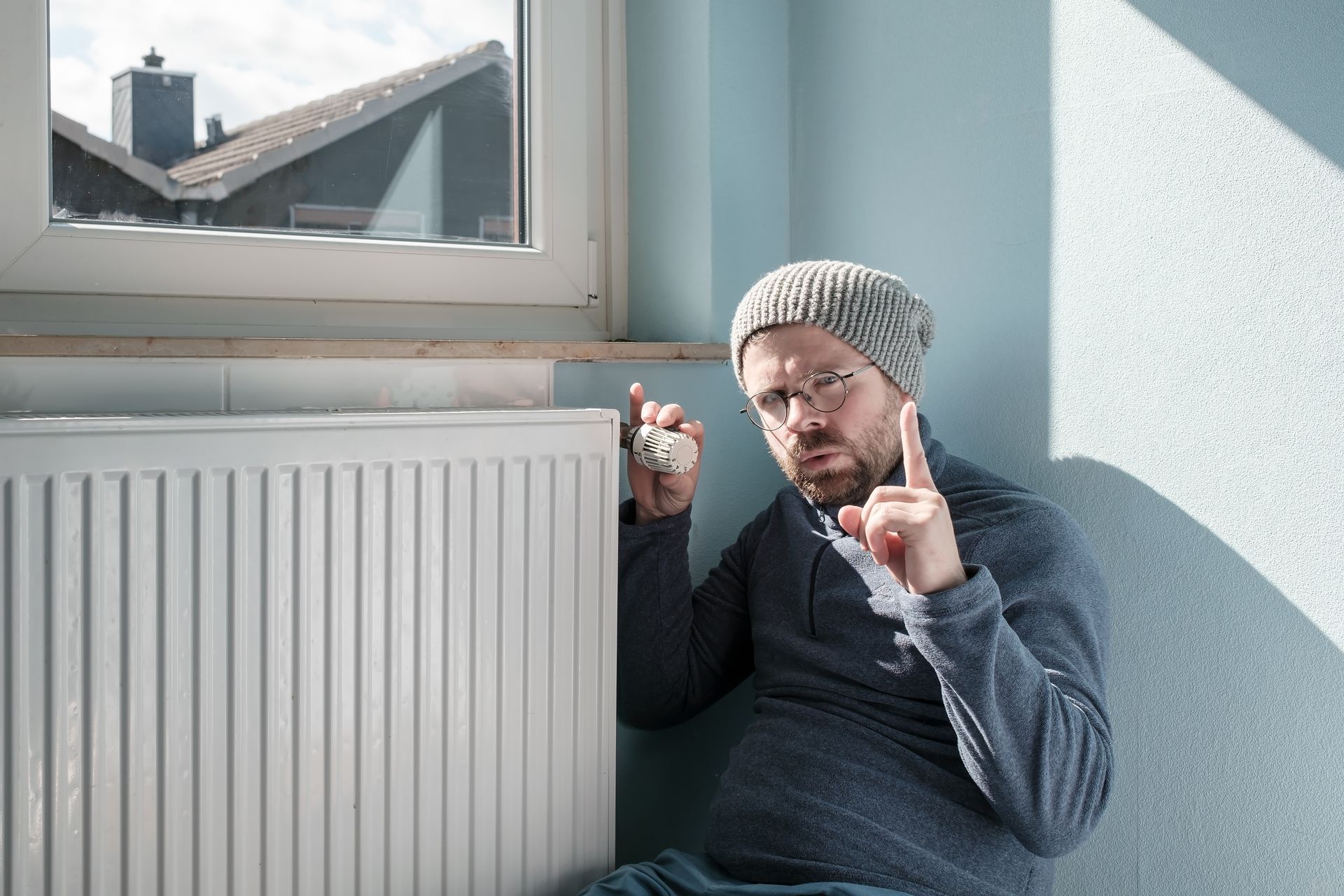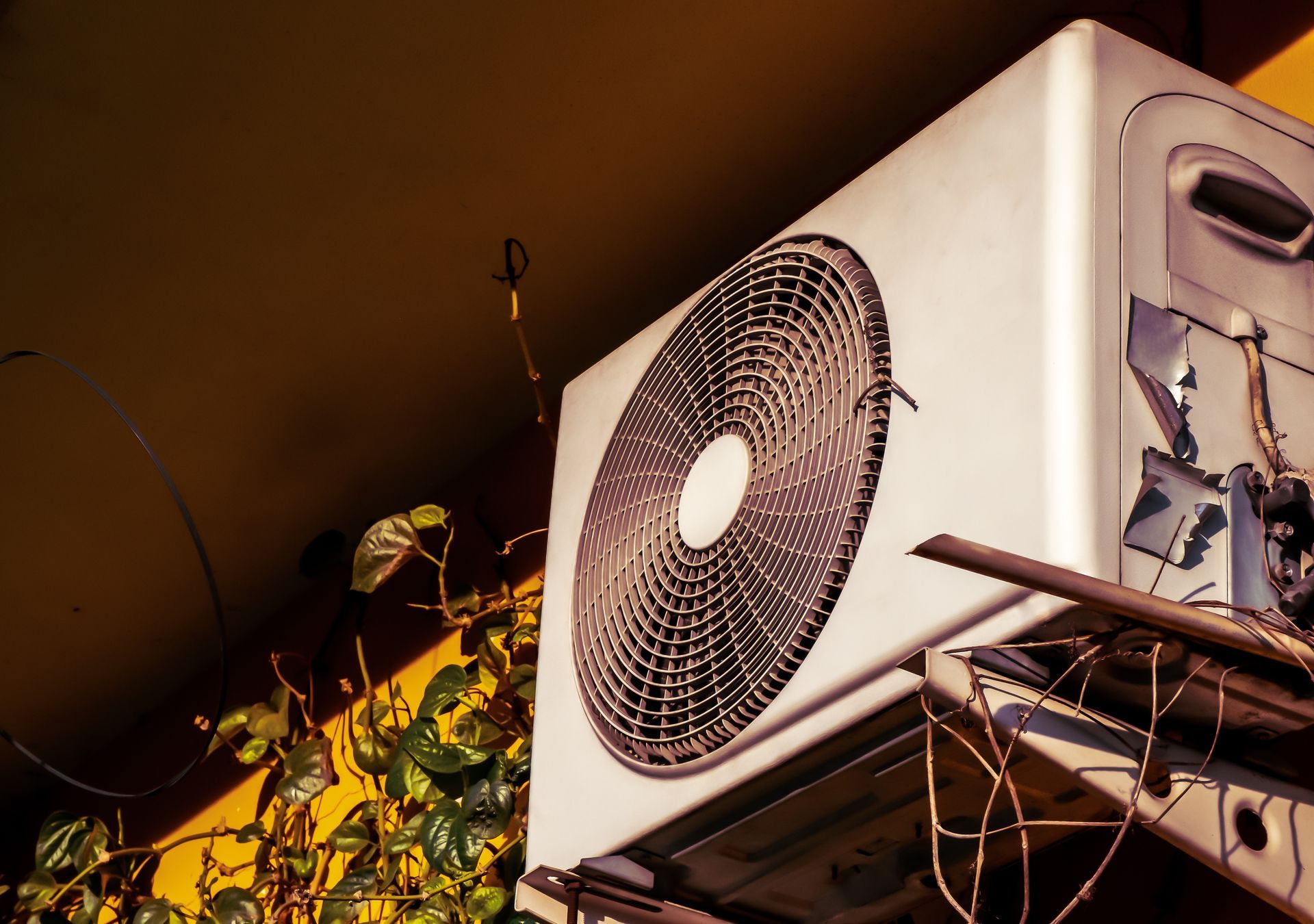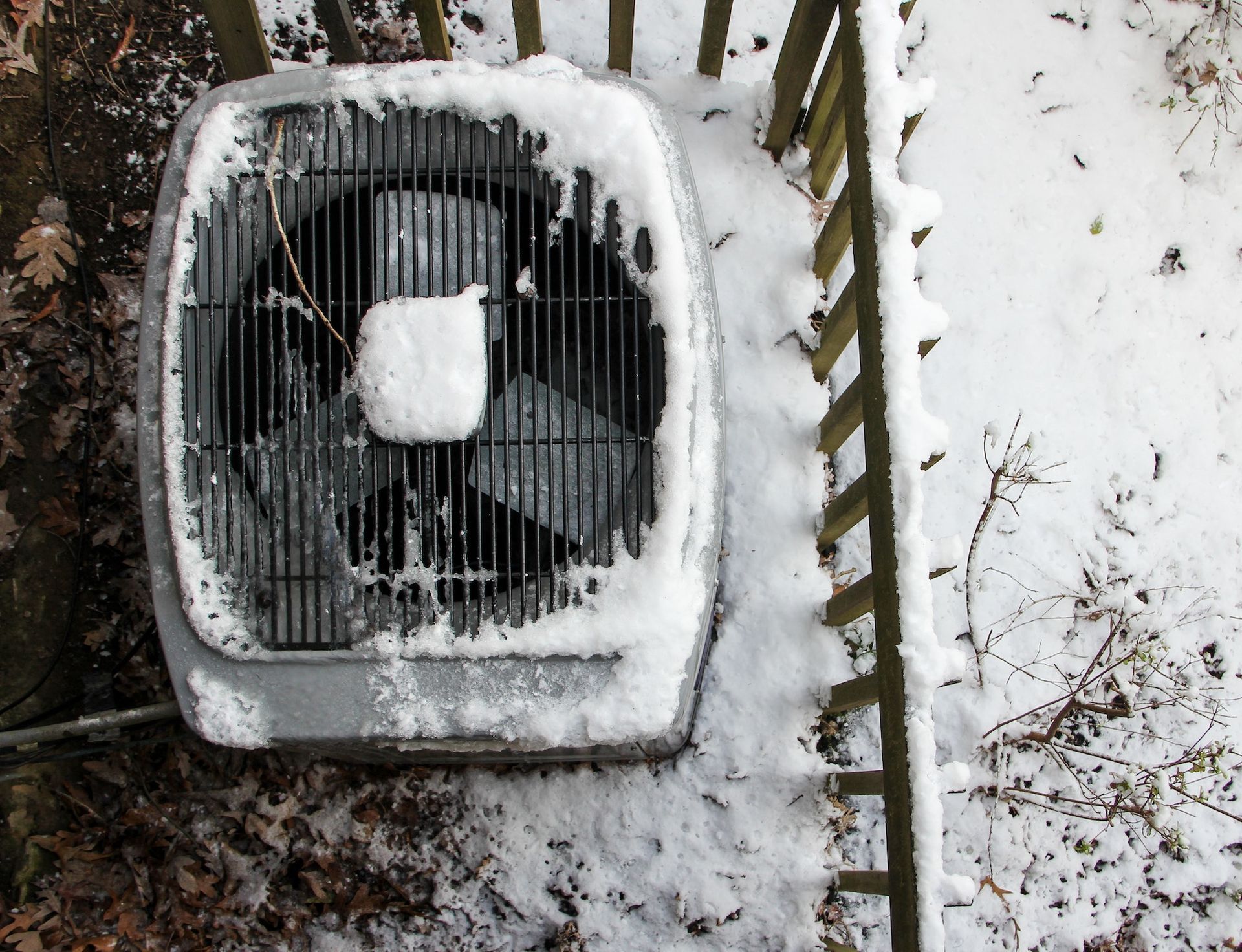Program Your AC and Furnace Settings
Properly programming your AC and furnace settings can drastically improve your home's energy efficiency and comfort levels. Start by setting a consistent schedule to match your daily routine. For instance, during the summer, set your AC to a higher temperature when you are away from home and lower it when you are typically there.
Conversely, in the winter, lower the furnace settings when the house is empty and raise them when you are back. Utilizing programmable thermostats or smart home devices can automate this process, making it more convenient and reducing the chance of human error. Additionally, it's essential to perform regular maintenance, such as changing filters and checking for leaks, to ensure your HVAC system operates at peak performance.

What are the Optimal Temperatures for Each Season?
Setting the optimal temperature can vary based on personal preference and regional climate, but there are general guidelines that can help maximize both comfort and energy savings.
- Summer: It is recommended that you should set your thermostat to 78°F (26°C) when you are at home and need cooling. When yout are away, raising the temperature to around 85°F (29°C) can help save energy.
- Winter: During the colder months, setting your thermostat to 68°F (20°C) while you are awake and lowering it to around 60°F (15°C) when you are asleep or away can significantly reduce heating costs.
These temperature settings can be fine-tuned based on your comfort level and specific household needs. By following these guidelines and making use of programmable thermostats, you can achieve an efficient and comfortable living environment all year round.
Does Every HVAC System Have a Programmable Thermostat?
Not every HVAC system comes equipped with a programmable thermostat, but the majority of modern systems do. Older HVAC units may have manual thermostats, which require manual adjustments to change temperature settings. If your system falls into this category, upgrading to a programmable thermostat can be a worthwhile investment. These thermostats can be custom programmed to adjust the temperature according to your schedule, helping to reduce energy use and utility bills.
Additionally, there are smart thermostats available that not only offer programmability but also connect to your home’s Wi-Fi network, allowing you to control your HVAC settings from your smartphone or other devices. This modern technology can provide a greater level of control and convenience, ensuring that your home stays comfortable while also being energy efficient. If in doubt, consult with an HVAC professional to determine the best thermostat upgrade for your system.
Additional Tips for Energy Efficiency
Aside from properly programming your HVAC system, there are other steps you can take to improve energy efficiency and reduce utility costs:
- Seal air leaks: Check for any cracks or gaps around doors, windows, and ducts that could be letting in outside air. Sealing these leaks with caulk or weatherstripping can prevent heat loss during the winter and keep cool air inside during the summer.
- Upgrade insulation: Insufficient insulation can result in significant energy loss. Consider adding more insulation to your walls, ceilings, and floors to help regulate indoor temperatures.
- Use ceiling fans: Ceiling fans can help to circulate air more efficiently throughout your home. In the summer, running the fans counterclockwise creates a cooling breeze, while in the winter, switching the direction to clockwise helps to distribute warm air that rises to the ceiling.
- Maintain your HVAC system: Schedule regular professional maintenance for your HVAC system to ensure it is running smoothly. Regular check-ups can catch small issues before they turn into major problems, keeping your system efficient and extending its lifespan.
- Install energy-efficient windows: Consider replacing old, drafty windows with energy-efficient models. These windows are designed to reduce heat transfer, keeping your home warmer in the winter and cooler in the summer.
- Utilize natural ventilation: Take advantage of cool evenings and nights by opening windows to allow fresh air to circulate. Using natural ventilation when the weather permits can reduce the need for artificial cooling.
- Adjust blinds and curtains: Use window coverings wisely to block out the sun's heat during the summer and to keep warmth in during the winter. Reflective blinds, shades, and heavy curtains can greatly enhance your home's energy efficiency.
By incorporating these additional tips into your routine, you can further enhance your home's energy efficiency, ultimately leading to lower utility bills and a reduced environmental footprint. The team at Adam’s Air Systems is more than happy to answer any questions you may have about your HVAC system!
Adam’s Air Systems…905-746-3853
